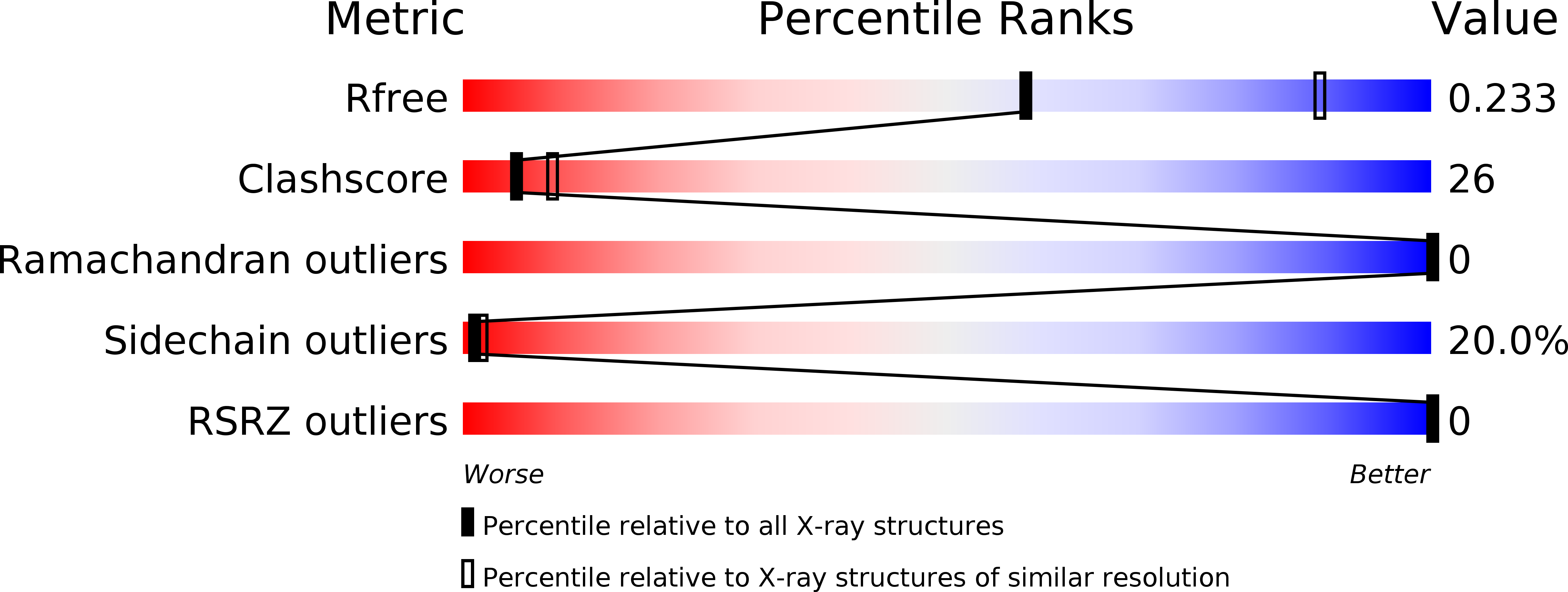
Deposition Date
2005-04-02
Release Date
2005-05-17
Last Version Date
2024-02-14
Entry Detail
Biological Source:
Source Organism:
Macaca fascicularis (Taxon ID: 9541)
Host Organism:
Method Details:
Experimental Method:
Resolution:
2.60 Å
R-Value Free:
0.25
R-Value Work:
0.21
R-Value Observed:
0.21
Space Group:
C 1 2 1


